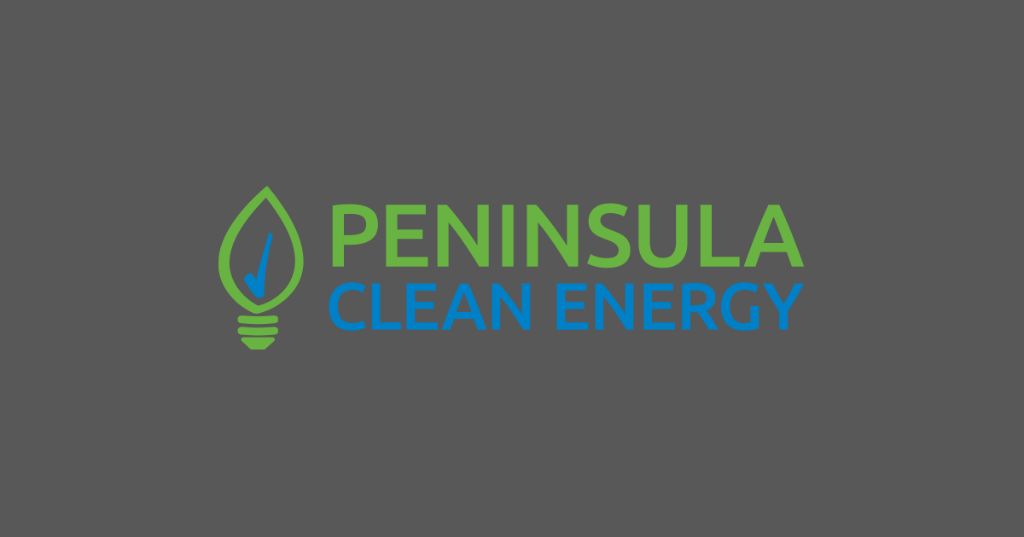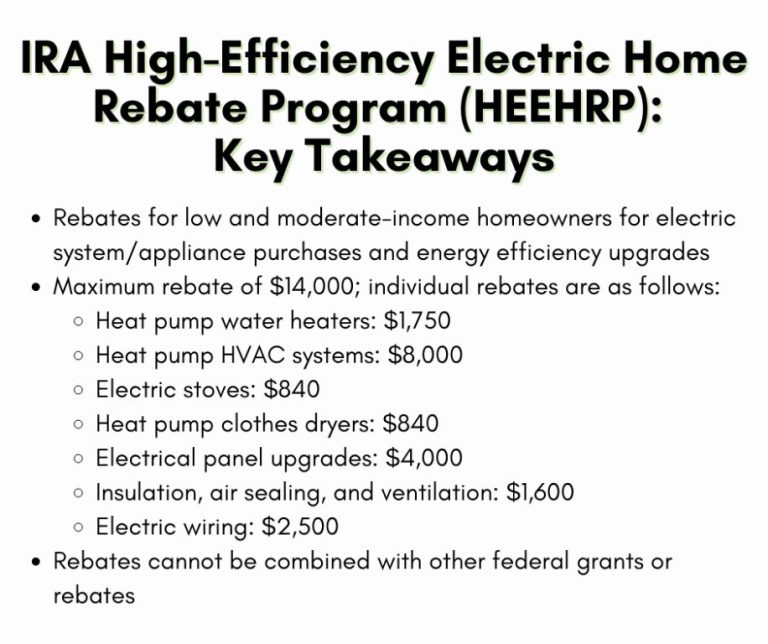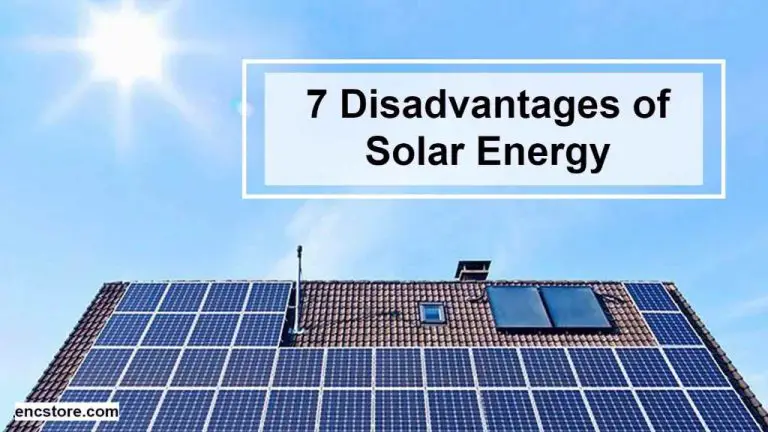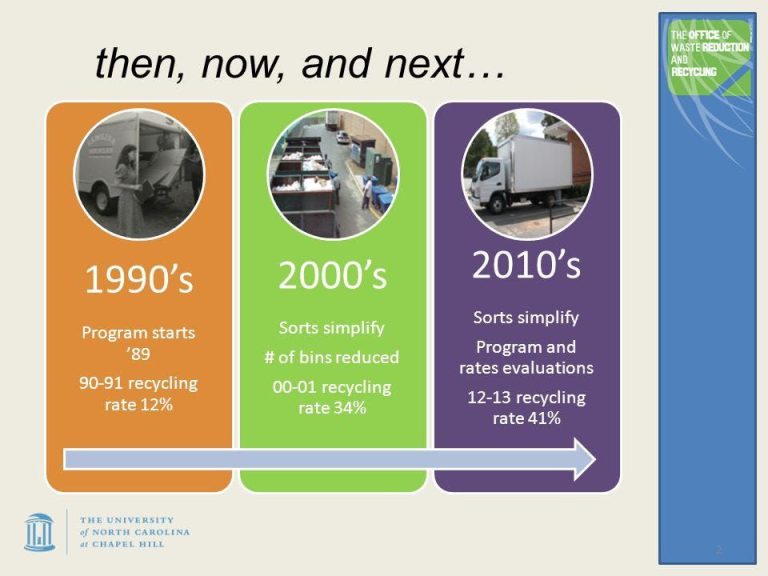What Is Peninsula Clean Energy Generation Charge?
What is Peninsula Clean Energy?
Peninsula Clean Energy is a community choice aggregation (CCA) program that provides electricity to customers in San Mateo County, CA. CCA allows cities and counties to aggregate electricity demand within their jurisdictions in order to purchase power on behalf of their residents and businesses.
Peninsula Clean Energy is a not-for-profit public agency governed by representatives from each member city and county. It was formed in February 2016 to provide cleaner electricity in San Mateo County at lower rates than the incumbent utility PG&E.
As a CCA, Peninsula Clean Energy purchases electricity from renewable sources like solar, wind, and hydropower on behalf of customers in San Mateo County. By aggregating demand, they can negotiate better rates and choose cleaner sources of electricity than customers would get from the utility. According to their website, Peninsula Clean Energy provides electricity that is 50% renewable and 90% greenhouse gas free. https://www.peninsulacleanenergy.com/background/
How does Peninsula Clean Energy work?
Peninsula Clean Energy is a community choice aggregation program that provides electricity from renewable sources to residents and businesses in San Mateo County. Customers are automatically enrolled in Peninsula Clean Energy’s service when it becomes available in their area, though they have the option to opt out and stay with PG&E if they wish.
With a community choice aggregation program like Peninsula Clean Energy, PG&E continues to deliver the electricity and handle billing, metering, and maintaining the power lines. But Peninsula Clean Energy procures the electricity generation from renewable sources. This allows communities to have local control over their energy sources while still leveraging PG&E’s existing infrastructure.
Customers can choose to opt out of Peninsula Clean Energy and remain with PG&E at any time by calling Peninsula Clean Energy or filling out a form online. Customers who opt out within the first two billing cycles will not be charged an exit fee. (source)
Overall, Peninsula Clean Energy aims to provide cleaner energy options at competitive rates for San Mateo County residents and businesses. The program automatically enrolls customers but allows them to opt out if they wish to stay with PG&E. PG&E continues to handle delivery and customer service either way.
What is the generation charge?
The generation charge is part of the electricity bill that covers the cost of generating or purchasing electricity. This charge makes up around half of a typical residential electric bill.
For customers receiving standard electricity service from PG&E, the generation charge goes to PG&E for producing and procuring energy from power plants and other sources. The generation rate varies depending on factors like market prices for electricity, energy supply costs, and state regulations.

For Peninsula Clean Energy customers, the generation charge goes to Peninsula Clean Energy instead of PG&E. Peninsula Clean Energy purchases electricity from renewable sources like solar and wind or zero-carbon sources like hydropower. The generation rate aims to provide cleaner energy while keeping costs competitive with PG&E’s rates.
So in essence, the generation charge covers the actual generation of electricity, whether from PG&E’s standard mix of sources or from Peninsula Clean Energy’s renewable and carbon-free sources.
Sources: https://www.peninsulacleanenergy.com/for-residents/, https://www.peninsulacleanenergy.com/peninsula-clean-energy-keeps-baseline-electric-generation-rates-5-percent-lower-than-pge/
Peninsula Clean Energy’s generation rates
Peninsula Clean Energy’s generation rates depend on the customer’s rate plan. They offer several options for residential customers including ECOplus, ECO100, and ECOshare. ECOplus provides electricity that is 50% renewable and priced at 1% below PG&E rates. ECO100 provides 100% renewable energy at the same rate as PG&E. ECOshare provides 100% renewable energy from a solar or wind facility in California at a slight premium.
For commercial customers, Peninsula Clean Energy offers ECOplus Commercial which provides 50% renewable energy at 1% below PG&E generation rates. They also offer ECO100 Commercial with 100% renewable energy at the same rate as PG&E.
In all cases, Peninsula Clean Energy’s generation rates are calculated each year and designed to be at or below PG&E generation rates for similar energy sources. The exact rate depends on the specific plan the customer chooses.
What’s included in generation rates?
A utility’s electricity generation rate accounts for the costs involved in procuring and producing electricity to meet customer demand. Key components include:
Cost of procuring electricity – This covers the expense of purchasing electricity from power plants and wholesale suppliers. It factors in market prices for natural gas, coal, renewables, and other generation sources.
Operating costs – These are the utility’s costs for operating power plants, maintaining transmission infrastructure, and managing/scheduling electricity supply and demand.
Reserves and contingencies – Utilities budget for backup reserve capacity and unexpected events that could disrupt generation and transmission. This provides a buffer to ensure reliable electricity delivery.
According to an r/sandiego discussion on SDG&E rates, generation costs account for the largest portion of what customers pay on their utility bills. Prudent generation planning helps minimize these costs while meeting demand.
How are generation rates determined?
Peninsula Clean Energy’s generation rates are primarily based on market prices for electricity in California. As a community choice aggregation program, Peninsula Clean Energy needs to set rates that allow it to recover the costs of procuring electricity on behalf of customers, while also maintaining necessary reserves. According to the 2022 Power Rates Study, “Community choice aggregation (CCA) programs independently set their own rates.”1 This allows CCAs flexibility to set competitive rates.
Generation rates are determined based on forecasting future electricity market prices and Peninsula Clean Energy’s operational costs. Rates need to recover procurement costs from wholesale energy markets and maintain prudent reserves. According to the California Public Utilities Commission, CCA rate determination should allow recovery of “reasonable costs.”2 Overall, generation rates aim to be competitive while covering costs.
Are there other charges on the bill?
In addition to the generation charge from Peninsula Clean Energy, there are some other charges that appear on customers’ electricity bills:
Delivery charges – These charges pay for the transmission and distribution of electricity to your home or business. Delivery charges make up around 43% of a typical residential electric bill in PG&E’s service area. These charges are regulated by the California Public Utilities Commission (CPUC) and go to PG&E to maintain the poles, wires, transformers and other infrastructure required to deliver electricity to customers. Peninsula Clean Energy does not control or mark up delivery charges.
PG&E surcharges – PG&E adds various surcharges to bills that are mandated by the state of California or the CPUC, such as for public purpose programs and nuclear decommissioning. These surcharges account for around 10% of a typical residential electric bill and are the same for PG&E bundled customers as they are for Peninsula Clean Energy customers. See PG&E’s website for details on specific surcharges (https://www.pge.com/tariffs/ERS.SHTML#ERS).
In total, PG&E delivery charges and surcharges make up over half of a typical customer’s bill. Peninsula Clean Energy’s generation charge is only one portion of the overall electric charges.
How does Peninsula Clean Energy impact bills?
Peninsula Clean Energy aims to provide customers with clean electricity at rates competitive with PG&E. According to a recent joint analysis by Peninsula Clean Energy and the Sierra Club, switching from gas to electric appliances can lead to estimated on-bill savings of around $380 annually for the average home.
Peninsula Clean Energy’s rates are typically a few percentage points lower than PG&E’s rates. For example, in June 2022 Peninsula Clean Energy’s ECO100 generation rate was 2.4% lower than PG&E’s generation rate, while ECOplus was 6.8% lower (Peninsula Clean Energy Board Meeting Agenda 06-22-23, p. 129). These small percentage differences can add up, especially for larger energy users.
While generation rates are lower, Peninsula Clean Energy customers also pay PCIA and franchise fees that PG&E customers do not pay. However, even accounting for these additional fees, analysis shows Peninsula Clean Energy provides potential savings compared to PG&E (Comments of Peninsula Clean Energy on SB 100 Study, p. 5). Individual savings depend on electricity usage.
Customers interested in estimating potential savings can use Peninsula Clean Energy’s bill calculator online. Overall, Peninsula Clean Energy aims to provide clean energy while maintaining rate competitiveness with PG&E.
Pros and cons of Peninsula Clean Energy
Peninsula Clean Energy provides a number of clean energy benefits to customers, which have made it an appealing program for many communities. However, there are also some potential risks and drawbacks to consider.
Some of the advantages of participating in Peninsula Clean Energy include:
- Access to renewable energy – Peninsula Clean Energy allows customers to access cleaner energy generated from renewable sources like solar and wind. In 2016, Peninsula Clean Energy customers received electricity that was 50% renewable, much higher than PG&E’s standard mix (https://solstice.us/solstice-blog/community-choice-aggregation/).
- Lower electricity rates – Peninsula Clean Energy offers competitive rates that are typically lower than what PG&E charges (https://www.energysage.com/other-clean-options/community-choice-aggregation/cca-pros-cons/).
- Local control and reinvestment – The program allows communities to source power locally and reinvest in local renewable energy projects.
However, there are some potential disadvantages as well:
- Startup and operational challenges – Forming a new CCA like Peninsula Clean Energy requires significant startup efforts and ongoing administration. Rates and programs could fluctuate year-to-year.
- Customer confusion – The multiple charges on the PG&E bill and opt-out process can confuse some customers.
- No guarantee of savings – While Peninsula Clean Energy rates have so far been lower than PG&E, there is no guarantee rates will beat PG&E’s in the future.
Overall, Peninsula Clean Energy provides customer choice and clean energy access within PG&E’s service area. However, the program may not be the best option for every customer. Understanding the potential advantages and risks can help customers decide if participating is right for them.
Frequently asked questions
Some common questions about Peninsula Clean Energy’s rates, billing, and opting out include:
What are Peninsula Clean Energy’s rates compared to PG&E?
Peninsula Clean Energy’s rates are typically 1-2% lower than PG&E’s rates. Customers can compare the generation rates between the two services on their bill each month. The exact savings amount will depend on usage and PG&E’s current rates. Learn more about Peninsula Clean Energy’s generation rates here.
Will I still get a bill from PG&E?
Yes, PG&E will still handle billing, power transmission and distribution, customer service and grid maintenance. Your bill will show separate charges from PG&E and Peninsula Clean Energy. See an example bill here.
Can I opt-out and return to PG&E?
Yes, customers can opt-out at any time and return to PG&E’s full service. Opting out is easy to do online or by phone. There are no fees or penalties. Learn more about opting out here.







